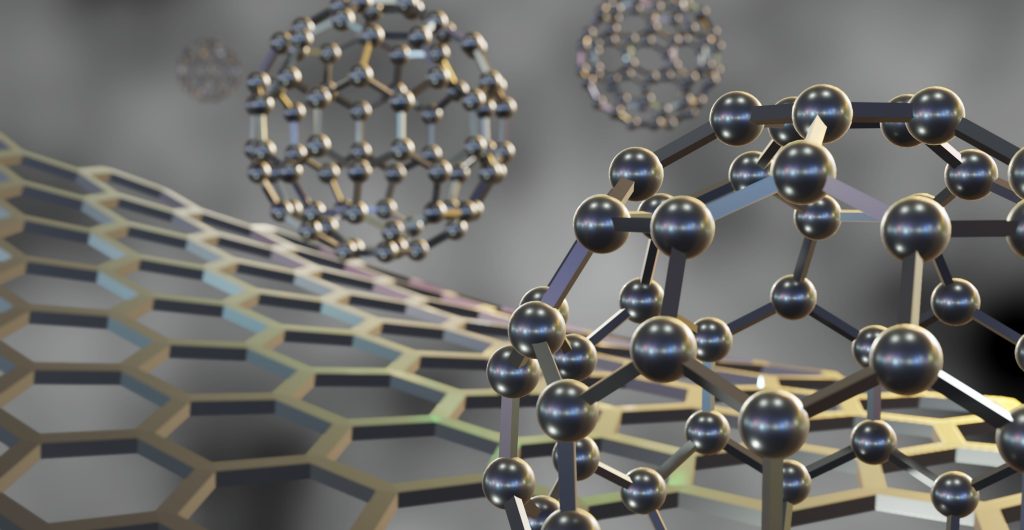Shrinkage is a key factor in the design and production of plastic products, as it directly affects the dimensional accuracy and quality of the final product. In this article, we will explore what shrinkage is, what factors affect it, and how it can be controlled and reduced.
What is shrinkage?
Shrinkage in plastic materials refers to the reduction in volume or dimensions of a product during cooling and solidification after injection molding. This reduction is due to thermal shrinkage of the material and, in the case of polycrystalline materials, additionally due to crystallization. According to SpecialChem, shrinkage in injection molded plastic parts can reach up to 20% by volume.
Types of Shrinkage
1. Moulding Shrinkage: Occurs during the cooling of the material in the mold, as the molten plastic solidifies and reduces in volume. This shrinkage is measured as the difference between the mold dimensions and the product dimensions at room temperature.
2. Post-Moulding Shrinkage: Occurs after the product is removed from the mold, during further cooling, or due to absorption of moisture from the environment.
Factors affecting shrinkage
– Material type: Thermoplastics have different rates of shrinkage. Polycrystalline materials (e.g. PP) have higher shrinkage, while amorphous materials (e.g. PS) have lower shrinkage.
– Wall thickness: Thicker parts cool more slowly, which can lead to higher shrinkage.
– Mold and melt temperature: Higher temperatures can increase shrinkage.
– Pressure and dwell time: Well-adjusted pressure reduces shrinkage.
– Mold shape and design: Uniform cooling reduces internal stresses.
Shrinkage measurement standards
ISO 294-4:2018 specifies methods for determining injection molding shrinkage and post-molding shrinkage of thermoplastic materials. This standard describes the preparation of test specimens and measurement procedures, allowing for consistent comparisons between different materials and processes.
Practical tips for controlling shrinkage
– Selecting the appropriate material based on the expected dimensional stability.
– Fine-tuning of process parameters.
– Proper mold design with uniform cooling.
– Heat treatment or conditioning of the product after injection molding.
Conclusion
Shrinkage is an inevitable phenomenon in plastic injection molding, but it can be effectively controlled by understanding the factors that affect it and by properly optimizing the processes. This can ensure high quality and precision of plastic products, which is crucial for their functionality and long-term reliability.
Shrinkage chart for common materials
The chart below shows the range of total shrinkage (in percent) for the most common thermoplastic materials. The values shown serve as a guide for dimensional design.
